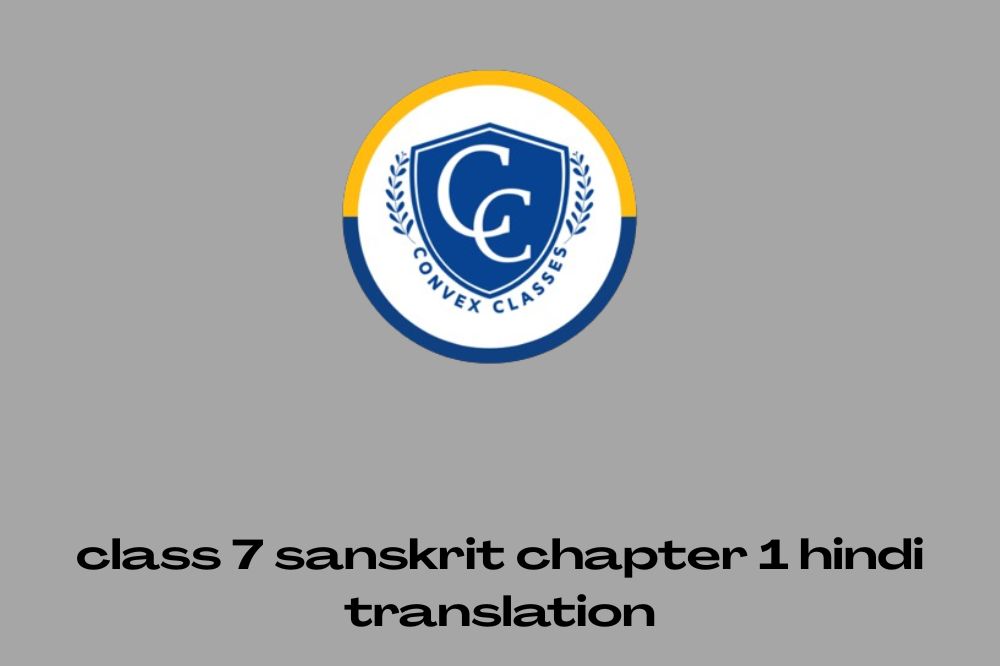The journey to a medical career in India is paved with challenges, rigorous preparation, and fierce competition. Every year, millions of students gear up for the National Eligibility Cum Entrance Test (NEET), widely recognized as the gateway to medical and dental education. As the stakes continue to rise, an increasing number of aspirants are choosing to take a “drop year”—a dedicated period to strengthen their foundation and enhance their performance. This article delves into the concept of a drop year, highlights key statistics reflecting the registration trends and dropout phenomenon, and offers actionable strategies to turn this extra year into an advantage.
How Many Students Take Drop For NEET Every Year ?
Recent years have witnessed a significant surge in NEET registrations. For context, consider the following approximate figures:
| Year | Approximate Registrations |
|---|---|
| 2020 | 15.97 lakh |
| 2021 | 16.14 lakh |
| 2022 | 18.72 lakh |
| 2023 | 20.87 lakh |
| 2024 | 24.06 lakh |
| 2025 (expected) | ~23 lakh |
As these numbers illustrate, the competition has grown steadily over the years. With nearly 24 lakh aspirants registering in 2024 alone, the pressure on each candidate is immense. Although official data on the proportion of students opting for a drop year is limited, coaching institutes and informal surveys suggest that approximately 20% to 30% of NEET candidates eventually decide to retake the exam. In practical terms, this translates to millions of aspirants—often between 3 to 7 lakh students—who view a gap year not as a setback, but as an opportunity to refine their skills and boost their confidence.
What Is a NEET Drop Year?
A drop year is a conscious decision to pause the immediate transition after school and instead dedicate a full year solely to NEET preparation. This approach allows aspirants to:
- Revisit challenging subjects and clear longstanding doubts.
- Develop personalized study strategies free from the distractions of regular academic schedules.
- Build mental resilience and hone test-taking strategies in an environment focused entirely on improvement.
Rather than perceiving it as lost time, many students see a drop year as an investment—a strategic pause that provides the opportunity to transform past shortcomings into a solid foundation for success.
The Benefits of a Drop Year
Taking a drop year offers several distinct advantages:
- Deepened Learning: With a year dedicated entirely to studying, students can approach subjects in greater depth. This additional time often leads to a clearer understanding of complex topics and a more robust conceptual framework.
- Personalized Strategies: Without the immediate pressure of transitioning to college, droppers can tailor their study plans to address their own weaknesses. Many coaching centers report that students who retake the exam after a drop year often improve their scores by 10% or more.
- Increased Confidence: As practice tests and mock exams reflect steady improvement, a drop year can significantly boost self-esteem and reduce exam anxiety—a crucial factor for success in high-pressure environments.
- Enhanced Resilience: The extra time encourages not just academic growth but also the development of discipline and mental toughness, traits that are invaluable both during the exam and in future professional challenges.

The Challenges of a Drop Year
Despite its advantages, a drop year is not without potential drawbacks:
- Financial Investment: Extended preparation often translates to additional expenditures on coaching classes, study materials, and other resources. For many families, this is an important factor to consider.
- Social and Emotional Impact: Stepping away from the traditional academic timeline can occasionally lead to feelings of isolation or a sense of falling behind peers progressing directly to college.
- Outcome Uncertainty: Taking a gap year does not guarantee success. The extra time must be used effectively; otherwise, the anticipated improvement might not materialize, leaving students with unresolved challenges.
Strategies to Maximize a Drop Year
For those considering this path, planning and discipline are key. Here are several strategies to ensure a productive gap year:
- Set Specific Goals: Clearly define what you hope to achieve over the next 12 months, from overall score improvements to mastering particular subjects. Quantifiable targets can help keep you motivated and on track.
- Develop a Structured Timetable: A well-designed daily schedule that blends intensive study sessions, regular breaks, and periodic self-assessment is essential. Maintaining consistency in your routine is vital for gradual improvement.
- Choose Quality Guidance: Enroll in reputable coaching programs or join peer study groups. High-quality mentorship and a competitive environment can encourage accountability and inspire better results.
- Invest in Self-Care: Alongside academics, prioritize your mental and physical health. Incorporate exercise, proper nutrition, and stress-relief practices into your routine to create a well-rounded study plan.
- Adapt and Reflect: Regularly review your progress and be ready to adjust your strategies. Flexibility ensures that you can identify what works best for you and continue refining your approach to overcome obstacles.

Conclusion
In the ever-competitive landscape of NEET, the decision to take a drop year is a personal yet increasingly popular choice among aspirants. With registration numbers climbing to nearly 24 lakh candidates in recent years, the pressure to perform has never been higher. Informal estimates suggest that 20% to 30% of these aspirants choose to invest an extra year in focused preparation—a testament to the recognition that additional time can transform challenges into opportunities.
If you find yourself considering a drop year, view it as an investment in your future rather than an interruption in your academic journey. With clear goals, careful planning, and a commitment to continuous self-improvement, this strategic pause can pave the way to a successful career in medicine.




